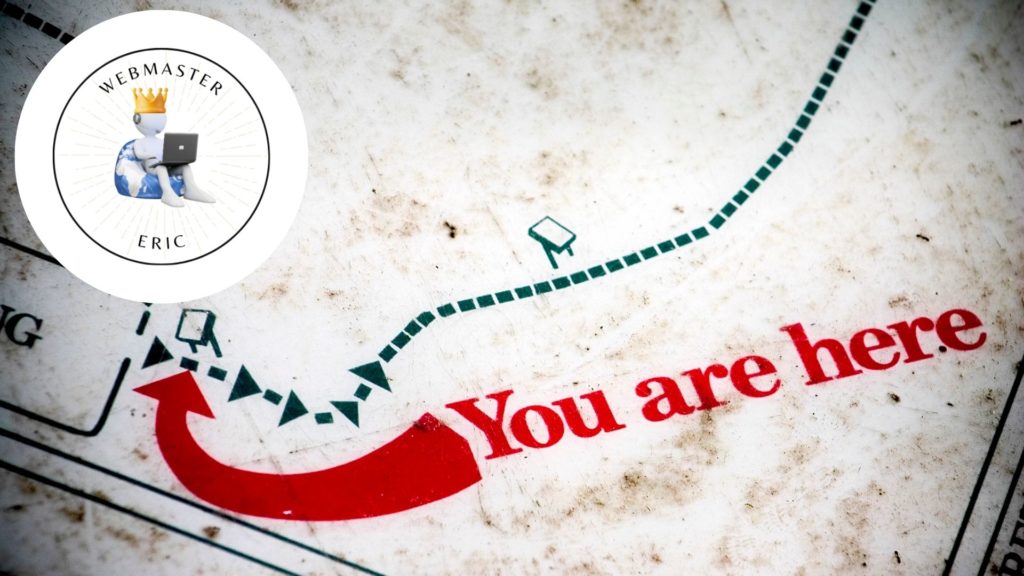
Creating a website that is both visually appealing and optimized for search engines is crucial for online success. SEO (Search Engine Optimization) website design involves crafting a site that not only attracts visitors but also ranks well in search engine results. This guide will walk you through the essentials of SEO website design, ensuring your site is easy to navigate, fast, and search-engine friendly.
Understanding SEO Website Design
What is SEO Website Design?
SEO website design is the process of designing and developing a website to be search-engine friendly. This means creating a site that search engines can easily crawl and index, while also providing a great user experience. The goal is to improve the site’s visibility in search engine results, driving more organic traffic.
Why is SEO Important in Website Design?
SEO is crucial because it helps your website rank higher in search engine results, making it more likely that users will find your site. A well-optimized site can lead to increased traffic, better user engagement, and higher conversion rates. By integrating SEO into your website design from the start, you can ensure your site is set up for success.
Key Elements of SEO Website Design
1. Mobile-Friendly Design
With more people using mobile devices to browse the internet, having a mobile-friendly website is essential. A responsive design ensures your site looks and functions well on all devices, from desktops to smartphones. Google also prioritizes mobile-friendly sites in its search results, making this a critical aspect of SEO website design.
2. Fast Loading Speed
Page speed is a significant factor in both user experience and SEO. A slow-loading site can lead to high bounce rates, as users are likely to leave if a page takes too long to load. To improve loading speed, optimize images, use browser caching, and minimize the use of heavy scripts.
3. Clear Site Structure
A well-organized site structure helps search engines understand the content and hierarchy of your site. Use a logical structure with clear categories and subcategories, and ensure your navigation is easy to follow. This not only aids SEO but also enhances the user experience.
4. Optimized URLs
SEO-friendly URLs are short, descriptive, and include relevant keywords. Avoid using long strings of numbers or irrelevant characters. Instead, use hyphens to separate words and make URLs easy to read for both users and search engines.
5. Quality Content
Content is a crucial component of SEO website design. Create high-quality, relevant content that provides value to your audience. Use keywords naturally within your content, and focus on answering users’ questions or solving their problems. Regularly update your content to keep it fresh and relevant.
6. Meta Tags and Descriptions
Meta tags and descriptions provide search engines with information about your site’s content. Use relevant keywords in your title tags and meta descriptions, and ensure they accurately reflect the content of each page. This can improve click-through rates from search engine results.
7. Image Optimization
Images can enhance your site’s visual appeal, but they can also impact loading speed if not optimized. Use descriptive file names and alt tags for images, and compress them to reduce file size without sacrificing quality. This can improve both SEO and user experience.
8. Internal Linking
Internal linking helps search engines understand the relationship between different pages on your site. Use descriptive anchor text to link related content, and ensure your most important pages are easily accessible. This can also help keep users on your site longer, improving engagement.
9. Secure Website (HTTPS)
A secure website is essential for both SEO and user trust. Google gives preference to secure sites (those using HTTPS) in its search results. Ensure your site has an SSL certificate to encrypt data and protect user information.
10. User Experience (UX)
A positive user experience is crucial for SEO website design. Ensure your site is easy to navigate, with clear calls to action and a clean, uncluttered design. Consider user feedback and make improvements to enhance the overall experience.
Implementing SEO Website Design
Step 1: Plan Your Site Structure
Before you start designing your site, plan its structure. Create a sitemap that outlines the main categories and subcategories, and ensure your navigation is logical and easy to follow. This will help both users and search engines understand your site’s content.
Step 2: Choose the Right Platform
Select a website platform that supports SEO best practices. Content Management Systems (CMS) like WordPress offer SEO-friendly features and plugins that can help you optimize your site.
Step 3: Design for Mobile
Ensure your site is responsive and looks great on all devices. Test your design on different screen sizes and make adjustments as needed to ensure a seamless experience for all users.
Step 4: Optimize Content
Create high-quality content that is relevant to your audience and includes targeted keywords. Use headings, bullet points, and short paragraphs to make your content easy to read. Regularly update your content to keep it fresh and relevant.
Step 5: Monitor and Improve
Once your site is live, use tools like Google Analytics and Google Search Console to monitor its performance. Track metrics like traffic, bounce rate, and conversion rates, and make improvements based on the data. Continuously optimize your site to ensure it remains competitive in search engine results.
Conclusion
Creating a visually appealing and search-engine-optimized website is essential for online success. SEO website design involves developing a site that is both user-friendly and easily indexed by search engines, aiming to improve visibility and drive organic traffic. Key elements include mobile-friendly design, fast loading speed, clear site structure, optimized URLs, quality content, meta tags, image optimization, internal linking, secure HTTPS, and positive user experience. Implementing SEO website design involves planning site structure, choosing the right platform, designing for mobile, optimizing content, and continuously monitoring and improving site performance using tools like Google Analytics.



